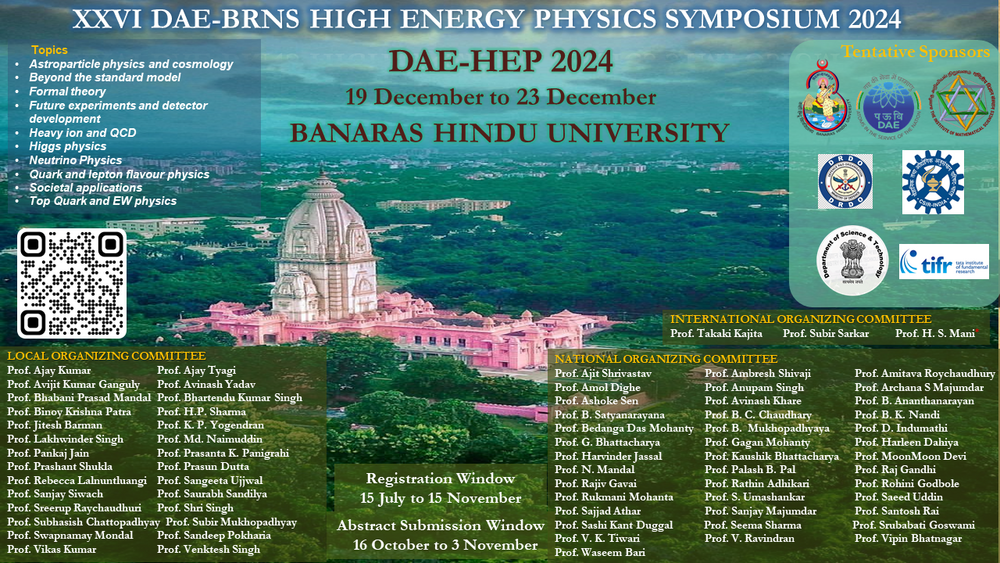Speaker
Description
The High-Luminosity Upgrade of the Large Hadron Collider (HL-LHC) aims to boost luminosity to approximately in the range of 5 x $10^{34}$ $cm^{-2}$ $s^{-1}$ to 7 x $10^{34}$ $cm^{-2}$ $s^{-1}$, significantly increasing the discovery potential of its detector system. In the CMS detector, particularly in the muon spectrometer, upgrades are essential to manage the higher Level-1 muon trigger rates and to sustain the overall performance of the endcap muon system. To meet this challenge, gaseous detectors based on triple-Gas Electron Multiplier (GEM) technology will be installed in the innermost region of the CMS muon spectrometer, where particle fluxes will be most intense. The triple-GEM technology, selected for its radiation hardness and high spatial resolution, will extend the acceptance and maintain the performance of the CMS muon spectrometer under the demanding HL-LHC conditions. The first station, GE1/1, was installed during Long Shutdown 2 (LS2) and has been fully operational since the start of Run 3 in 2022. Integrated into CMS’s data acquisition and online data quality monitoring systems, GE1/1 adds two additional muon hit measurements in the pseudorapidity region from 1.55 to 2.18, enhancing muon tracking and triggering capabilities. This improvement allows the muon trigger rate to be managed without raising the threshold on muon transverse momentum. The chambers in GE1/1 operate with high stability, achieving efficiency levels over 95%. Experience with the first large-area GEM station, GE1/1, has provided valuable insights for further advancements in detector and electronics design. Based on these insights, several significant improvements have been made to extend the detector lifespan, minimize discharge spread, and mitigate crosstalk during operation. The success of GE1/1 has established a foundation for designing and implementing the next GEM stations, GE2/1 and ME0. In this abstract, we present an overview of the GE1/1 operation, summarize key lessons learnt, and highlight the impact these insights will have on the development of future GEM stations in the CMS muon system.

